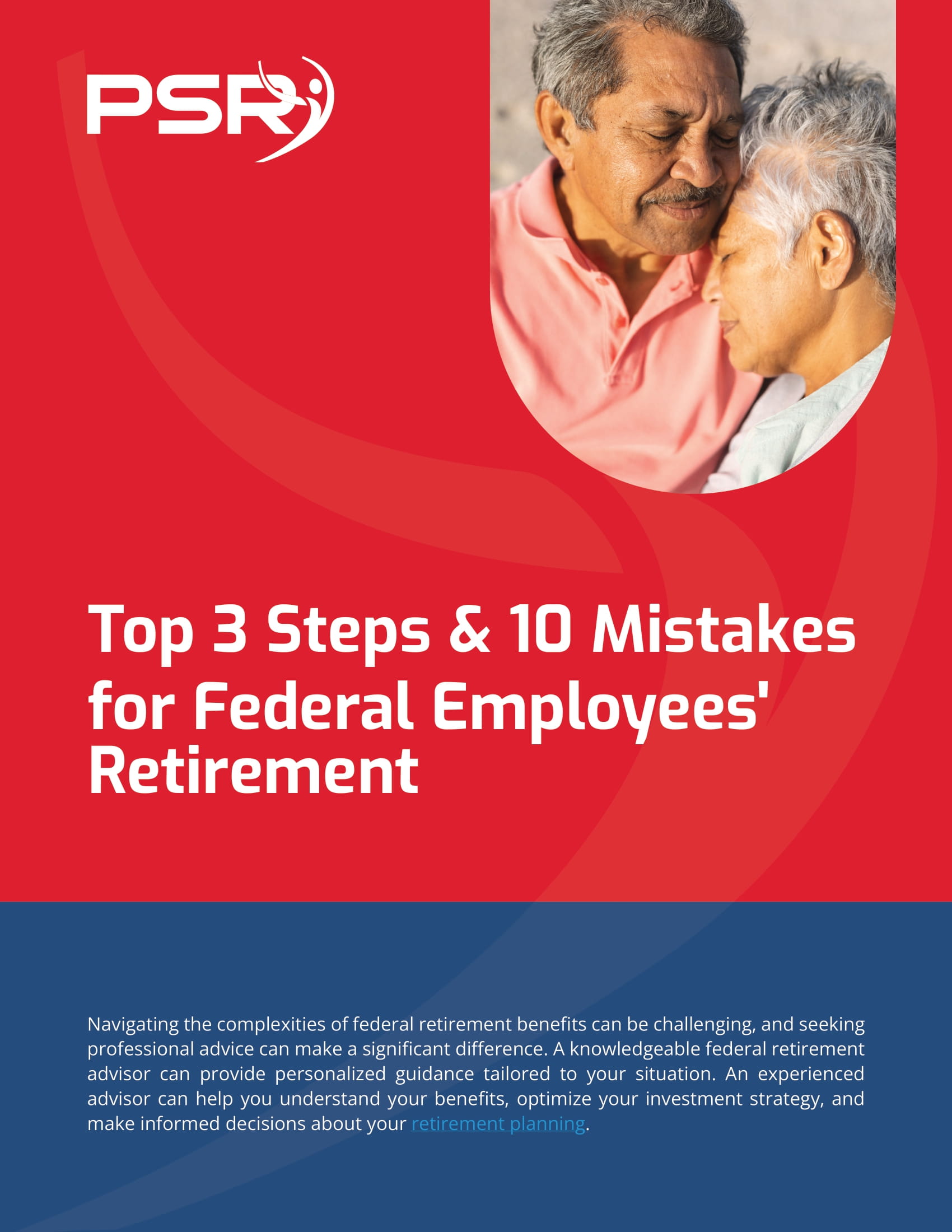Key Takeaways:
-
Stay informed about key changes to Medicare in 2025 that could impact your healthcare and finances as a federal retiree.
-
Learn how these updates align with your federal benefits for optimal planning and cost management.
2025 Brings New Opportunities and Adjustments
As a federal retiree, keeping up with Medicare updates is essential. Changes in policies, costs, and benefits directly affect how you manage your healthcare in retirement. This year introduces significant shifts aimed at enhancing affordability and access, and understanding them can make a big difference in your coverage choices.
A Look at Part A: Higher Deductibles, Same Premiums
- Also Read: Dental Plans Under FEDVIP Are Offering Better Coverage Than Ever—Why Federal Employees Are Taking Notice
- Also Read: 5 Things You Need to Know About Survivor Benefits as a Federal Employee or Retiree
- Also Read: How FEGLI Premium Changes Are Forcing Federal Employees to Reevaluate Their Plans
-
Inpatient Deductible: Increased to $1,676 per benefit period, a jump from 2024. This applies each time you are admitted after a 60-day gap.
-
Coinsurance Costs:
-
$419 per day for stays between days 61-90.
-
$838 per day for lifetime reserve days.
-
Skilled nursing facilities now charge $209.50 per day after the 20th day of care.
-
While premiums remain unchanged for most enrollees, those with limited quarters of coverage may see higher costs. Plan your healthcare needs carefully to manage these potential expenses.
Part B: Rising Premiums and Deductibles
Part B is crucial for covering outpatient care, doctor visits, and medical equipment. Here are the updates:
-
Standard Premium: Now set at $185 per month, reflecting a modest increase.
-
Annual Deductible: Raised to $257, meaning you’ll pay more upfront before coverage begins.
-
Income-Related Adjustments: Higher-income beneficiaries continue to face increased premiums, with thresholds adjusted for inflation.
To offset these changes, consider how your Federal Employees Health Benefits (FEHB) plan coordinates with Medicare Part B. Many plans waive or reduce costs for retirees with both coverages.
A Game-Changer for Part D: The New Out-of-Pocket Cap
For the first time, Medicare Part D introduces an annual $2,000 cap on prescription drug expenses. This update eliminates the financial burden of the infamous “donut hole.”
-
Monthly Payment Option: Spread your drug costs evenly across the year instead of paying large sums upfront.
-
Deductible: Maximum deductible increased to $590, slightly higher than last year.
Federal retirees should review their Part D plan’s formulary to confirm coverage for needed medications. This cap is a welcome relief for those with ongoing prescription needs, offering greater financial predictability.
Medicare Advantage: Evolving Options and Benefits
Medicare Advantage (Part C) plans continue to attract attention with comprehensive benefits and capped out-of-pocket costs. In 2025, there are some notable changes:
-
Out-of-Pocket Limits: Maximums are now $9,350 for in-network services and $14,000 for combined services.
-
Additional Benefits: Many plans maintain supplemental offerings like vision, hearing, and dental coverage.
-
Special Needs Plans (SNPs): The number of SNPs increases, catering to retirees with specific health conditions or financial needs.
While Medicare Advantage plans are private, understanding how these options integrate with FEHB can help you determine if they align with your retirement strategy.
The Impact of Medicare Integration for Federal Retirees
Federal retirees enrolled in FEHB have unique opportunities to maximize coverage through Medicare integration. By combining Medicare with your federal plan, you can enjoy reduced out-of-pocket costs and expanded benefits. Here are key considerations:
-
Part B Enrollment: Enrolling in Part B is often required to access FEHB plan benefits, like waived deductibles and lower copayments.
-
Prescription Drug Coverage: Many FEHB plans include Medicare Part D-equivalent benefits, meaning you might not need a separate Part D plan.
-
Coordination of Benefits: Medicare pays first, and your FEHB plan picks up the difference, minimizing your share of costs.
Evaluate your FEHB options during Open Season to ensure your plan works seamlessly with Medicare.
Timelines to Watch: Open Enrollment and Beyond
Staying on top of enrollment periods is crucial to making timely changes:
-
Medicare Open Enrollment: Runs October 15 to December 7 annually. Use this time to review and adjust your Part C and Part D plans.
-
FEHB Open Season: Scheduled for November 11 to December 13 in 2025, aligning with your PSHB transition if you’re a postal retiree.
-
Special Enrollment Periods: Available for life changes like retirement or loss of other coverage.
Mark these dates on your calendar and review your options early to avoid last-minute decisions.
The PSHB Transition: What You Need to Know
For postal retirees, 2025 marks the first year of the Postal Service Health Benefits (PSHB) Program. Here’s how it differs from FEHB:
-
Medicare Part B Requirement: Enrollment in Part B is mandatory for PSHB enrollees, with few exceptions.
-
Premium Adjustments: Government contributions remain consistent, covering about 70% of costs.
-
Prescription Coverage: Automatically includes a Medicare Part D Employer Group Waiver Plan (EGWP).
If you’re affected by this transition, ensure you’ve reviewed your new PSHB plan’s details and compared them to your previous FEHB coverage.
Key Tips for Maximizing Your Coverage
Navigating these changes doesn’t have to be overwhelming. Here are actionable steps to take:
-
Compare Plans: Use Open Season to evaluate how well your current plan aligns with your healthcare needs and budget.
-
Consider Part B Enrollment: Even if not required, adding Part B can enhance your benefits and reduce out-of-pocket expenses.
-
Utilize Preventive Services: Medicare and FEHB plans offer many preventive services at no additional cost. Take advantage of screenings, vaccinations, and wellness programs.
-
Track Prescription Costs: Review your medication list and check how changes in Part D impact your expenses.
-
Stay Informed: Keep an eye on updates from Medicare and OPM to ensure you’re aware of new benefits or requirements.
By staying proactive, you can make the most of your healthcare coverage and avoid unnecessary costs.
Making Sense of Medicare in 2025
The updates to Medicare this year reflect efforts to improve affordability and accessibility. For federal retirees, these changes also highlight the importance of aligning Medicare with your federal benefits. Take time to review your options, adjust your plans during open enrollment, and prioritize your healthcare needs.













